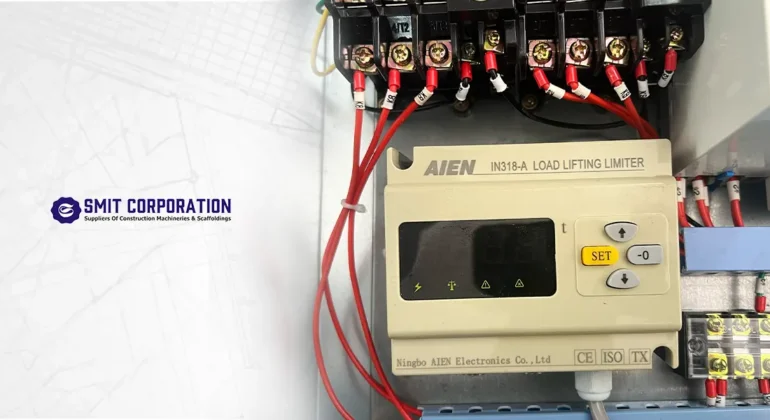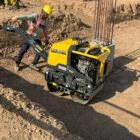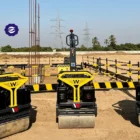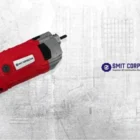Suspended rope platforms are commonly used in building, maintenance, and facade work, providing a practical and adaptable approach to access high-rise structures.
Working at such heights, however, requires a high level of safety.
Overloading is one of the most serious risks causing equipment failure, accidents, and even fatalities.
Load cells play a significant role in maintaining safety and efficiency.
Here are five reasons why load cells are critical for minimising overloading and accidents in rope suspended platforms.
1. Real-Time Load Monitoring
Load cells continuously detect the weight applied to a suspended rope platform.
By integrating load cells into the system, workers and managers can instantly check whether the load is within safe operating limits.
This helps to avoid excessive loading, which could compromise the platform’s structural integrity.
Also, real-time notifications ensure that fast action is taken if a weight threshold is exceeded, avoiding dangerous situations from increasing.
2. Preventing Equipment Failure
Overloading a suspended rope platform gondola can cause significant wear and tear on cables, motors, and other structural components.
Load cells help to avoid such failures by detecting weight limitations and activating alarms or automated shut-off systems when the threshold is exceeded.
This guarantees that the platform remains in peak functioning order, lowering maintenance expenses and increasing its lifespan.
Equipment failure at high altitudes can result in catastrophic accidents, making load cells a significant investment for long-term safety and operational reliability.
3. Enhanced Worker Safety
Worker safety is the top priority on any construction or maintenance site.
Load cells reduce the possibility of an accident by ensuring that the platform does not exceed its stated weight capacity.
This reduces the chances of mechanical failure, sudden drops, or tilting, which could result in serious injury or death.
Load cells give safety alarms that allow workers to take immediate corrective action, preventing hazardous situations.
Furthermore, when employees feel comfortable and secure on the platform, they are able to focus on their work with greater confidence and efficiency, boosting overall productivity.
4. Compliance with Safety Regulations
Many countries have strong safety regulations for suspended rope platform gondola.
Load cells assist firms in complying with these laws by giving accurate weight measurements and keeping records for inspection.
Regulatory bodies often require proof that load limits are being adhered to, and load cells offer a reliable method to document and demonstrate compliance.
Failure to comply with such regulations can result in significant penalties, legal responsibilities and even the suspension of work permits, making it critical for businesses to integrate load cells into their safety protocols.
5. Increased Efficiency and Productivity
Load cells allow construction and maintenance teams to optimise their productivity while avoiding excessive safety concerns.
Workers can confidently load materials onto the platform while remaining below the safe weight limit.
This reduces downtime due to safety concerns and increases overall productivity on-site.
Load cells also contribute to efficient resource management by preventing material waste and equipment damage caused by excess weight, resulting in long-term cost benefits.
Load Cells Ensuring Safety & Efficiency in Suspended Rope Platforms
Load cells are essential for maintaining the safety and effectiveness of hanging rope platforms.
They provide real-time monitoring, avoid equipment failure, increase worker safety, assure regulatory compliance, and improve operational productivity.
Investing in load cell technology is not just a safety measure, but also an excellent choice for businesses looking to improve their workplace productivity and reputation.
Businesses can protect their staff and equipment by integrating load cells, resulting in a safer and more reliable workplace.
Ensuring the usage of load cells is more than just following requirements; it is also about developing a safety culture that benefits everyone involved in high-rise construction and maintenance.










